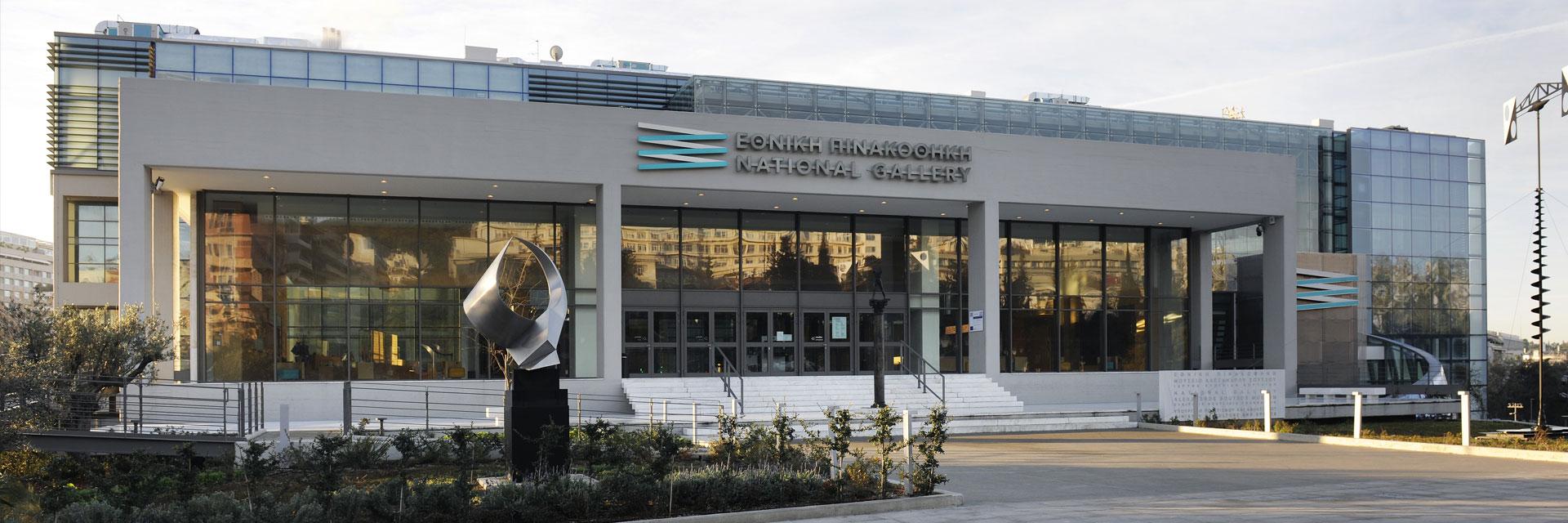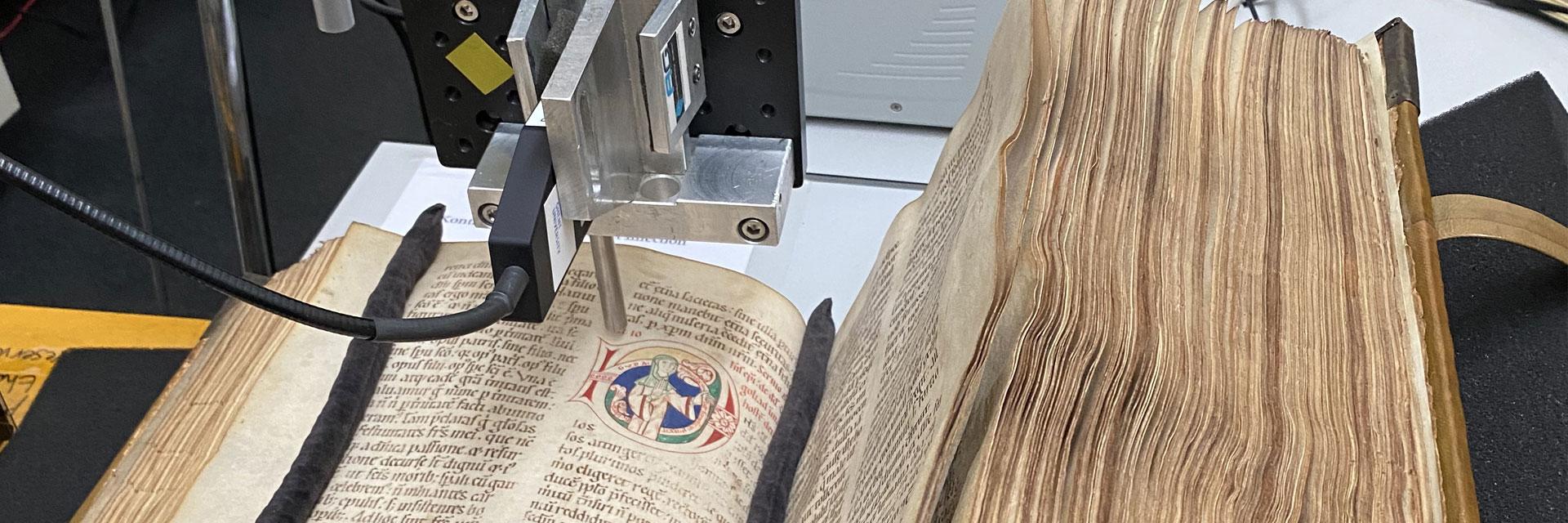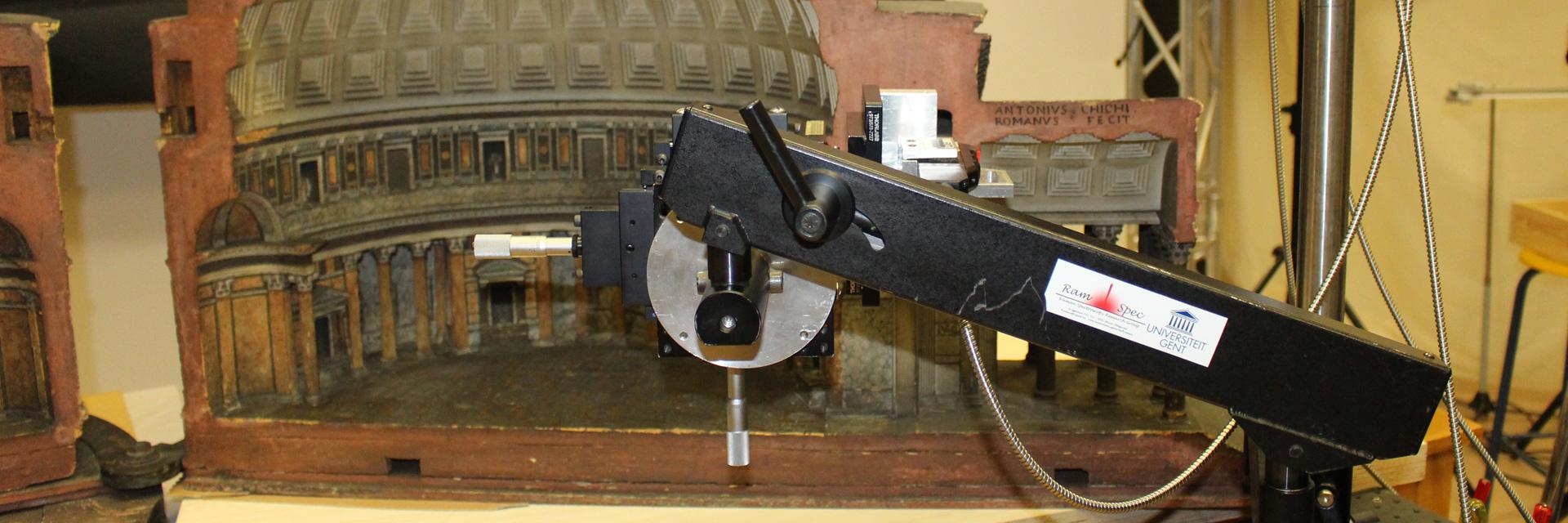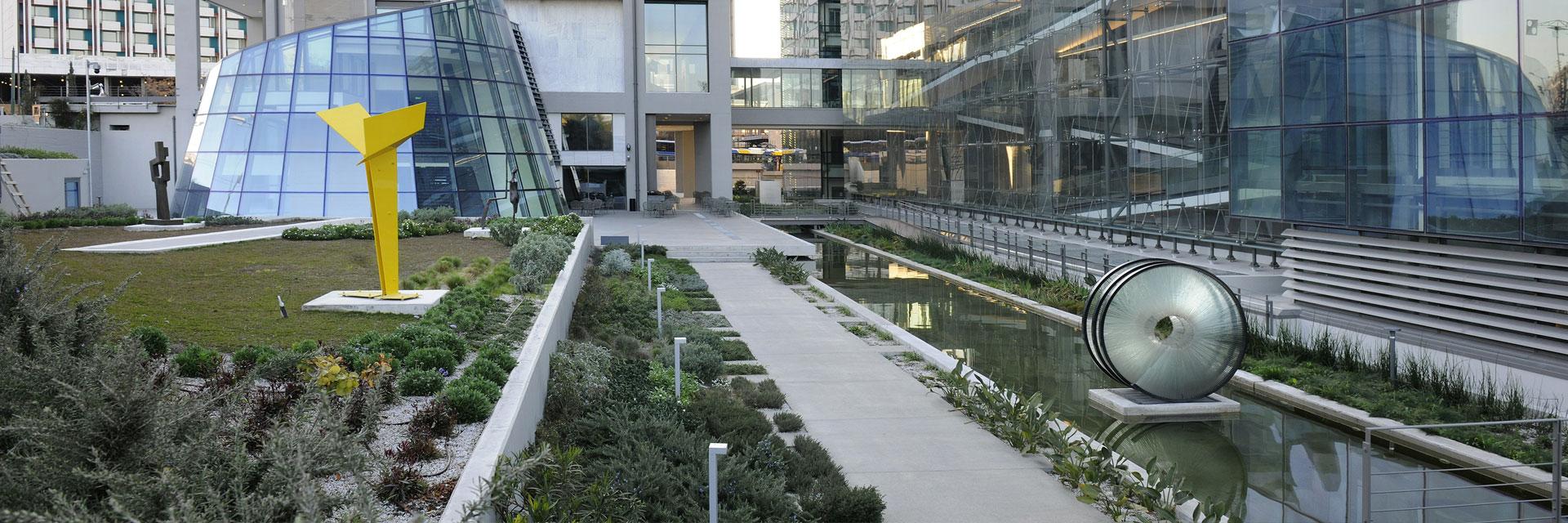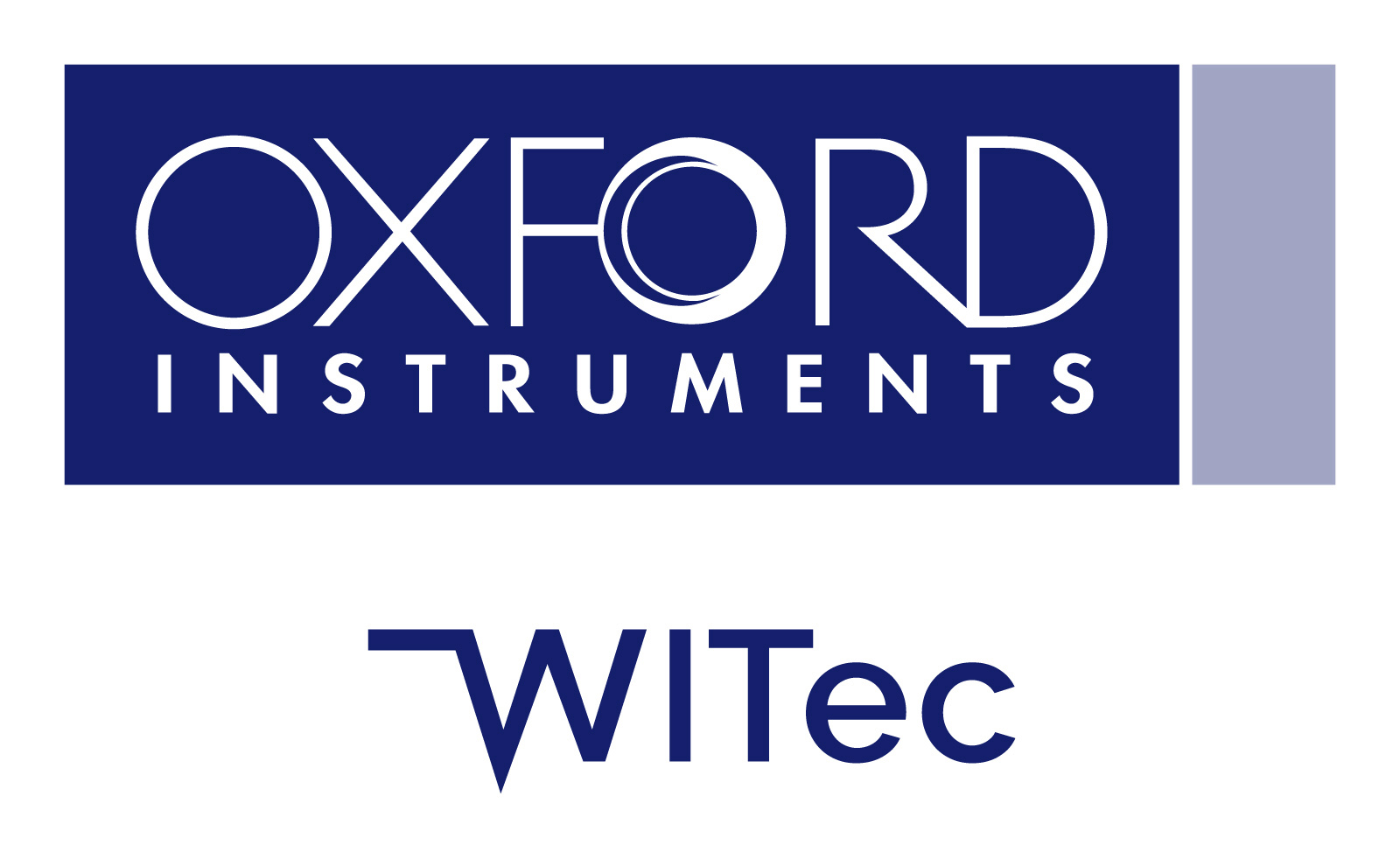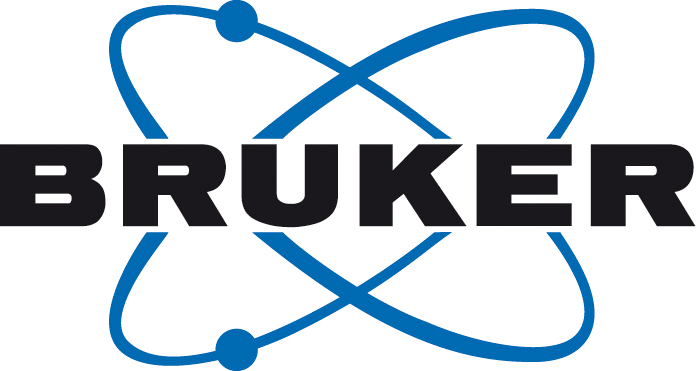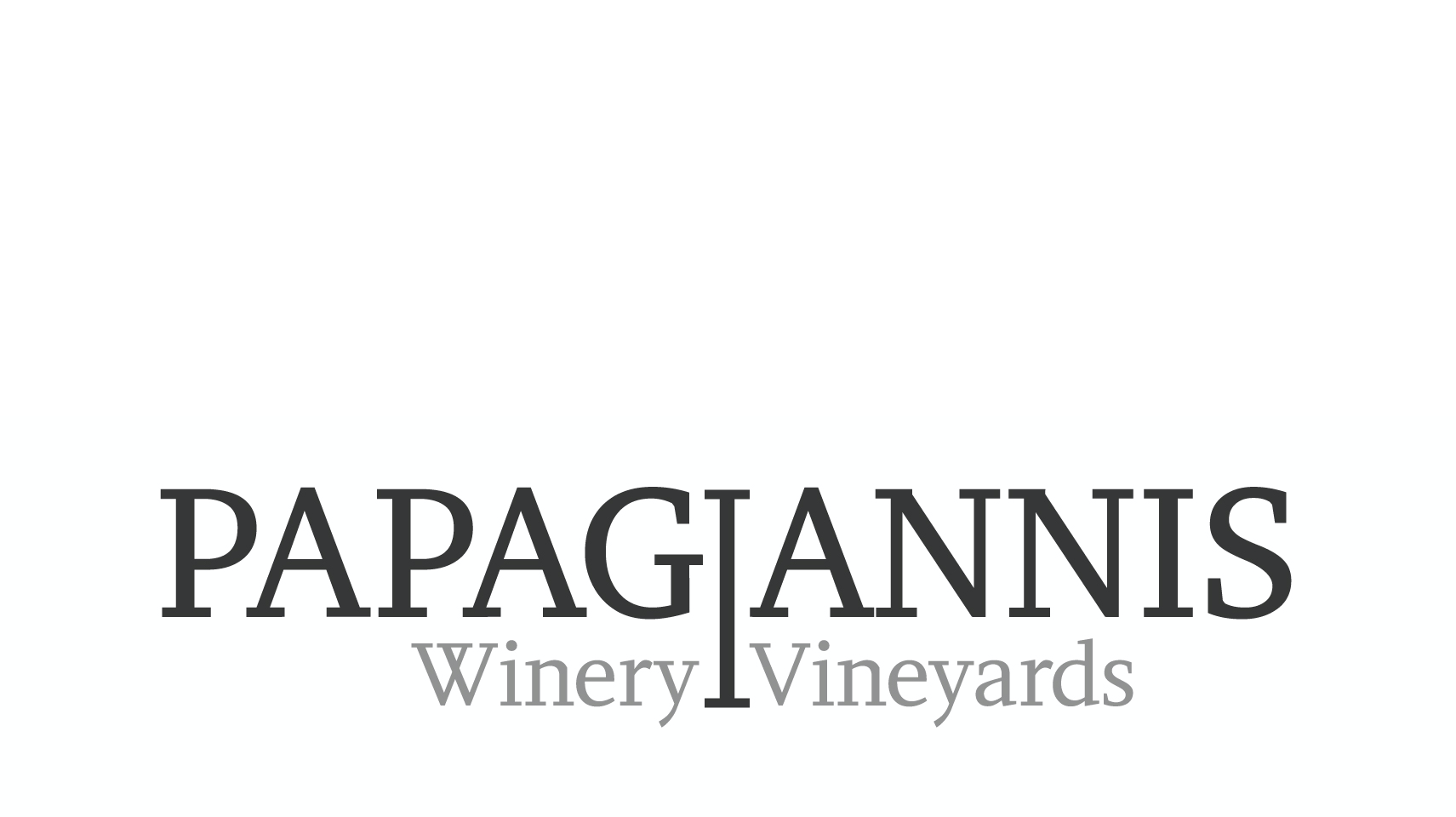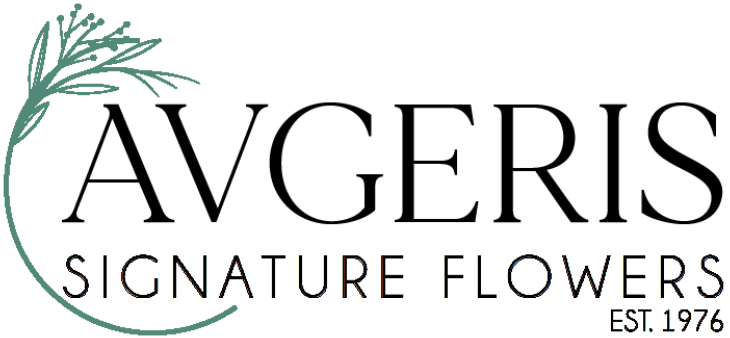General Information
The Raman spectroscopy training school is focused on the application of Raman spectroscopy technique(s) on art and archaeology. In this two days-condensed Raman school selected topics will be discussed by renown scientists in the field. The training school is addressed to students (master and PhD students) and early career researchers. The Raman spectroscopy training school will be focused on the basic Raman theory, applications and instrumental advances and will also include training on mobile Raman spectroscopy.
A certificate of attendance will be issued.
Please, note that the training school will have a limited capacity.
Below, more information can be found regarding the dedicated lectures accompanied with some related literature and the scientists involved in the Raman Spectroscopy Training School.
Monday 04/09/2023
Morning Sessions:
Session 1: Raman Spectroscopy: Basic Theory, Data Processing and Interpretation
Raman spectroscopy is a versatile analytical method that provides intricate molecular spectroscopic data of the subjects being examined. This technique is highly regarded for its capability to acquire spectra of tiny organic and inorganic particles, as small as about 1µm, with minimal sample preparation requirements. Additionally, Raman spectroscopy enables non-destructive spectroscopic measurements (as long as the laser power remains sufficiently low), allowing the samples to remain available for further analysis – or the technique can even be applied directly on the artwork, without the need for sampling. In this presentation, we discuss some theoretical aspects, as well as the main components of adequate Raman instrumentation, the possibilities for data processing and we give an introduction to data interpretation.
Related literature:
1. D. Hutsebaut, P. Vandenabeele, L. Moens, Analyst 2005,130, 1204. https://doi.org/10.1039/B503624K
2. P. Vandenabeele, H.G.M. Edwards, L. Moens, Chem. Rev. 2007, 107 (3), 675. https://doi.org/10.1021/cr068036i
3. P. Vandenabeele, L. Moens, J. Raman Spectrosc. 2012, 43, 1545. https://doi.org/10.1002/jrs.4055
Presented by Prof. Dr. Peter Vandenabeele, Department of Chemistry and Department of Archaeology, Ghent University, Belgium
Peter Vandenabeele is doctor in analytical chemistry and performed research on applications of Raman spectroscopy in several research fields, with a focus on cultural heritage research. He is professor at the department of archaeology at Ghent University and associated member to the department of Chemistry at the same institution. His main research topics involve novel applications of Raman spectroscopy, especially involving the development and application mobile instrumentation. He has co-authored ca. 200 research papers and books on this research topic, and he was chairman of several international conferences on Raman spectroscopy and art research.
Session 2: Mobile Raman Spectroscopy: Direct and on field analysis of artworks
Raman spectroscopy has grown to be one of the most favourable techniques for the analysis of materials of works of art. The small sample size used, the quick analysis (depending on the material under study), the analysis of inorganic and organic compounds, its non-destructive character (the user should consider applying low(-er or -est) laser power to avoid thermal and chemical degradation of the materials) are just some of the beneficial characteristics of the technique. The last two decades, the instrumental advances and breakthroughs in combination with the increasing demand of conducting more non-invasive (non-destructive, direct and on field analysis), drove the technique out of the laboratory and brought it on site. Mobile Raman spectroscopy is considered one of the most successful techniques when applied in situ. Transportable/mobile/portable/handheld Raman systems can be used for both the identification of the materials used and the evaluation of the preservation state of cultural heritage objects without jeopardising their integrity.
Related literature:
1. A. Rousaki, P. Vandenabeele, M. Berzioli, I. Saccani, L. Fornasini, D. Bersani, Eur. Phys. J. Plus 2022, 137, 252. https://doi.org/10.1140/epjp/s13360-022-02423-1
2. A. Rousaki, P. Vandenabeele, J. Raman Spectrosc. 2021, 52(12), 2178. https://doi.org/10.1002/jrs.6166
3. A. Rousaki, E. Vargas, C. V Vázquez, V. Aldazábal, C. Bellelli, M. Carballido Calatayud, A. Hajduk, O. Palacios, L. Moens, P. Vandenabeele, TrAC, Trends Anal. Chem. 2018, 105, 338. https://doi.org/10.1016/j.trac.2018.05.011
Presented by Dr. Anastasia Rousaki, Department of Chemistry, Ghent University, Belgium
Dr. Anastasia Rousaki is a senior postdoctoral researcher in the Raman Spectroscopy Research Group, at Ghent University (UGent), Belgium. She accomplished her bachelor's degree at the Department of Physics of Aristotle University of Thessaloniki (AUTH) and continued by obtaining her master's degree, on materials physics and technology, at the same university. In 2018, she obtained her PhD in chemistry awarded from UGent. She expertise on the application of Raman spectroscopy (benchtop, mobile) on a variety of materials and more specifically on works of art. Dr. Rousaki is trained on organizing and assisting in direct and on field campaigns dedicated to works of art (from prehistory to contemporary art). Dr. Anastasia Rousaki has an h-index of 12 as provided by Web of Science. She has co-authored 36 peer reviewed articles, 6 book chapters and she has 70 presentations in international conferences. Moreover, she has been invited to give dedicated lectures in special seminars/meetings and international conferences.
Afternoon Session:
Session 3: Raman Spectroscopy: Application on Gemstones and Data Processing
The lecture will be based on the analysis of gems and gemstones by means of portable Raman and micro-Raman spectrometers. Advantage and disadvantage of mixed and mobile spectrometers in the field of gem analysis will be considered. Different topics related to the study of gems will be presented: identification, discrimination of simulants and synthetic gems, provenance and genesis, detection of treatments, study of inclusions. From the technical point of view, the choice of the best instrumental configuration for the study of gems will be discussed, including the choice of the laser line, resonance effects, fluorescence, resolution, use of mapping. The determination of the chemical composition by Raman spectroscopy in some families of gems will be illustrated.
Related literature:
1. D. Bersani, P. P. Lottici, Anal Bioanal Chem. 2010, 397, 2631. https://doi.org/10.1007/s00216-010-3700-1
2. G. Barone, D. Bersani, V. Crupi, F. Longo, U. Longobardo, P.P. Lottici, I. Aliatis, D. Majolino, P. Mazzoleni, S. Raneri, V. Venuti, J. Raman Spectrosc. 2014, 45, 1309. https://doi.org/10.1002/jrs.4555
3.D. Bersani, G. Azzi, E. Lambruschi, G. Barone, P. Mazzoleni, S. Raneri, U. Longobardo, P.P. Lottici, J. Raman Spectrosc. 2014, 45,1293. https://doi.org/10.1002/jrs.4524
Presented by Prof. Dr. Danilo Bersani, Department of Mathematical, Physical and Computer Sciences of the University of Parma, Italy
Danilo Bersani is an associate professor in Condensed Matter Physics at the Department of Mathematical, Physical and Computer Sciences of the University of Parma. His research mainly concerns the applications of vibrational spectroscopy, in particular Raman spectroscopy, to materials related to cultural heritage and mineralogy, including gems, but also to semiconductors and nanostructured materials. Its teaching activities at the University of Parma are mainly focused on Physics, Spectroscopy, Laboratory of Physics and Archaeometry.
Tuesday 05/09/2023
Morning Sessions:
Session 4: Raman Spectroscopy: Murals and Degradation
The use of different Raman set ups to characterize mural painting will be first described, from the first Raman micro-probe by Guineau in 1984 to the modern High Resolution Raman Imaging. Then, some examples on the use of Raman spectroscopy to characterize pigments, binders and mortars of mural painting will be showed, from Roman paintings of Pompeii to modern acrylic paint in the facades of contemporary urban building, going through medieval paintings. Finally, the characterization of decaying compounds on those mural paintings will be shown, including (a) how to identify the sources of pollution through chemical modeling of the possible decaying reactions and (b) how to design dedicated cleaning processes from the knowledge of the degradation pathways.
Related literature:
1. J. M. Madariaga, Anal. Methods 2015, 7, 4848. https://doi.org/10.1039/C5AY00072F
2.I. Costantini, M. Veneranda, M. Irazola, J. Aramendia, K. Castro, J. M. Madariaga, Microchemical J. 2018, 138, 154. https://doi.org/10.1016/j.microc.2018.01.010
3. N. Prieto-Taboada, S. Fdez-Ortiz de Vallejuelo, A. Santos, M. Veneranda, K. Castro, M. Maguregui, H. Morillas, G. Arana, A. Martellone, B. de Nigris, M. Osanna, J.M. Madariaga, J. Raman Spectrosc. 2021, 52, 85. https://doi.org/10.1002/jrs.5941
Presented by Prof. Dr. Juan Manuel Madariaga, Department of Analytical Chemistry, University of the Basque Country (UPV/EHU), Bilbao, Spain
Dr. Juan Manuel Madariaga (BSc in Chemistry, MSc and PhD in Analytical Chemistry) is Professor of Analytical Chemistry (University of the Basque Country, UPV/EHU, Bilbao, Spain) since 1993. Since 2002, he is leading the Research Group of Excellence IBeA (Research and Innovation in Analytical Chemistry) composed of 17 permanent staff researchers and near 24 predoc and posdoc researchers (https://www.ehu.eus/es/web/ibea). Indicators of research quality: Personal h-index 46 (Scopus), 353 research papers (Scopus), more than 550 Communications presented in National and International Congresses, being 38 of them Invited and Plenary Presentations. 34 PhD projects completed since 1987, acting as the supervisor or co-supervisor. Most of the research contributions are related to environmental issues around cultural heritage assets (archaeology, artworks and built heritage) and extraterrestrial materials, including the development of associated innovative analytical procedures and instruments to afford the new challenges.
Session 5: Surface-enhanced Raman spectroscopy (SERS): Theory and Applications
This lecture will introduce participants to surface-enhanced Raman spectroscopy (SERS). Over the years, this analytical technique has established itself as a powerful tool for the minimally invasive characterization of organic colorants in works of art and historical objects. Through ceaseless instrumental and methodological developments, SERS has enabled researchers to overcome some of the main issues encountered with normal Raman analysis due to a combined effect of fluorescence quenching and signal enhancement, achieved through adsorption of the target analyte onto metal substrates with nanoscale roughness. After illustrating some of the basic theoretical principles of SERS, this lecture will discuss aspects related to sample treatment, analytical methodologies, and instrumentation; participants will also be provided with an overview of relevant case studies in the cultural heritage field, which will contribute to highlighting the technique’s outstanding potentialities and limitations.
Related literature:
1. P. L. Stiles, J. A. Dieringer, N. C. Shah, R. P. Van Duyne, Annu. Rev. Anal. Chem. 2008, 1, 601. https://doi.org/10.1146/annurev.anchem.1.031207.112814
2. F. Casadio, M. Leona, J. R. Lombardi, R. Van Duyne, Acc. Chem. Res. 2010, 43 (6), 782 . https://doi.org/10.1021/ar100019q
3. F. Pozzi, M. Leona, J. Raman Spectrosc. 2016, 47, 67. https://doi.org/10.1002/jrs.4827
Presented by Dr. Federica Pozzi, Director of Scientific Laboratories, Centro per la Conservazione ed il Restauro dei Beni Culturali "La Venaria Reale", Turin, Italy
Federica Pozzi earned her Ph.D. in Chemical Sciences in 2012 from the University of Milan, Italy, working for a year at The Metropolitan Museum of Art, New York. In 2012, Federica conducted post-doctoral research at the City College of the City University of New York and The Met. Between 2012 and 2014, she held an A.W. Mellon fellowship in conservation science at The Art Institute of Chicago, where she also actively collaborated with Northwestern University. In 2014, Federica joined the Solomon R. Guggenheim Museum, New York, as the first scientist on staff. In 2016, she was appointed Associate Research Scientist at The Met, where for five years she has led the Network Initiative for Conservation Science (NICS). While having performed extensive research with Raman and surface-enhanced Raman spectroscopy (SERS) for the identification of pigments and dyes, Federica has a broad experience with numerous analytical techniques and cultural heritage materials.
Afternoon Session:
Training on mobile Raman spectroscopy

